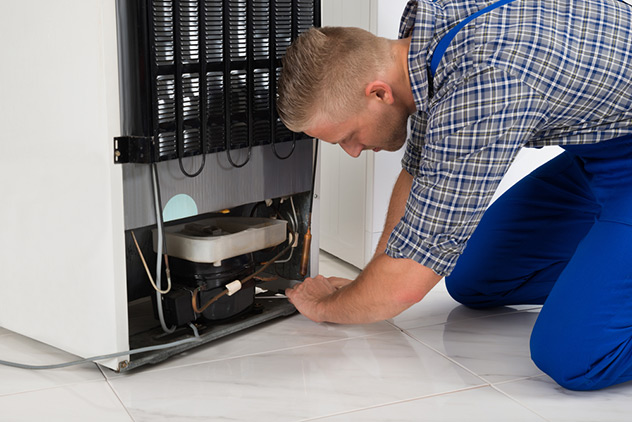Refrigerators are indispensable in modern households, yet even the most reliable units can develop issues over time. From temperature inconsistencies to strange noises, these problems can be both frustrating and costly if left unaddressed. Understanding how to diagnose them early can save time, money, and food. Below, we break down the most frequent refrigerator troubles and offer practical tips for identifying their root causes.
Cooling Issues
Refrigerator Not Cooling Properly
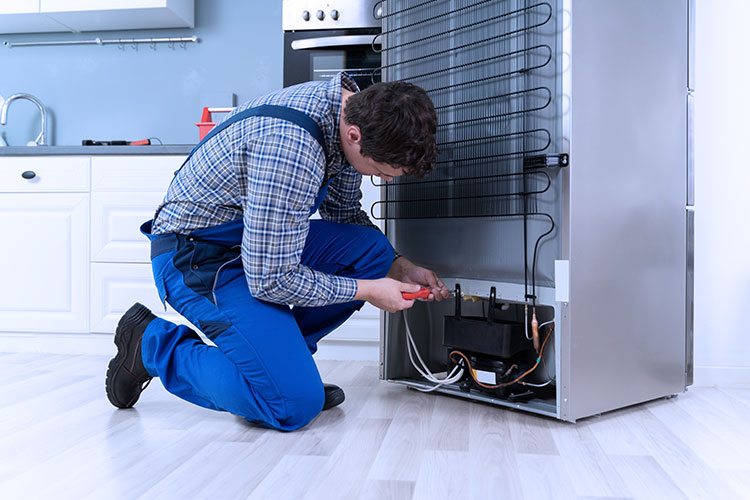
If your fridge isn’t keeping food cold, several culprits could be to blame:
- Thermostat malfunction: A broken thermostat may fail to signal the compressor to start.
- Dirty condenser coils: Dust buildup on coils impairs heat dissipation, affecting cooling efficiency.
- Faulty evaporator fan: This fan circulates cold air. If it’s broken, cooling is uneven or nonexistent.
Diagnosis Tip: Check if the compressor is running and listen for the evaporator fan. Clean the coils and test the thermostat using a multimeter.
Freezer Works, Fridge Doesn’t
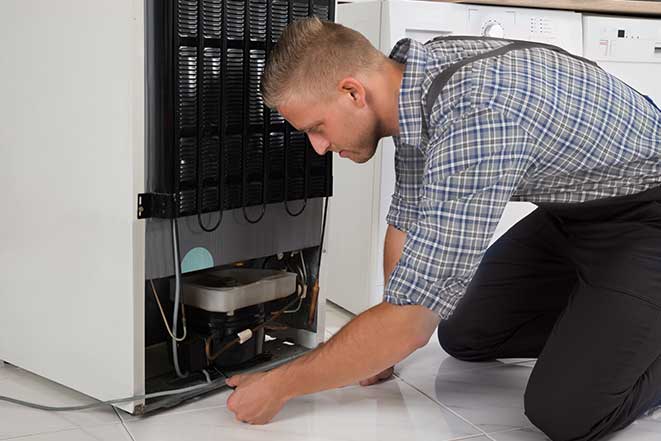
A common paradox—your freezer is fine, but the fridge isn’t. Typically, this points to:
- Airflow blockage: Ice or debris could obstruct the vents between compartments.
- Damper control problems: A malfunctioning damper won’t let cold air flow from the freezer into the fridge section.
Diagnosis Tip: Inspect vents for ice buildup and verify damper function manually or with a continuity tester.
Leaks and Moisture Build-Up
Water Leaking on the Floor
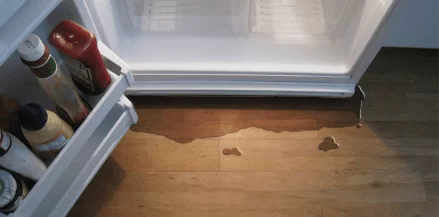
Water pooling beneath your fridge is more than a nuisance; it’s a sign of:
- Clogged defrost drain: Over time, food particles or ice can block the drain.
- Cracked or misaligned drain pan: The pan that collects defrost water may be broken or overflowing.
Diagnosis Tip: Locate and flush the defrost drain with warm water. Check the drain pan for damage.
Excess Moisture Inside
Foggy glass and wet shelves usually result from:
- Door gasket wear: A compromised seal allows warm, humid air in.
- Frequent door opening: This raises internal humidity levels.
Diagnosis Tip: Run a dollar bill test on the door seal. If it slides out easily, the gasket needs replacing.
Unusual Noises
Buzzing, Clicking, or Humming Sounds
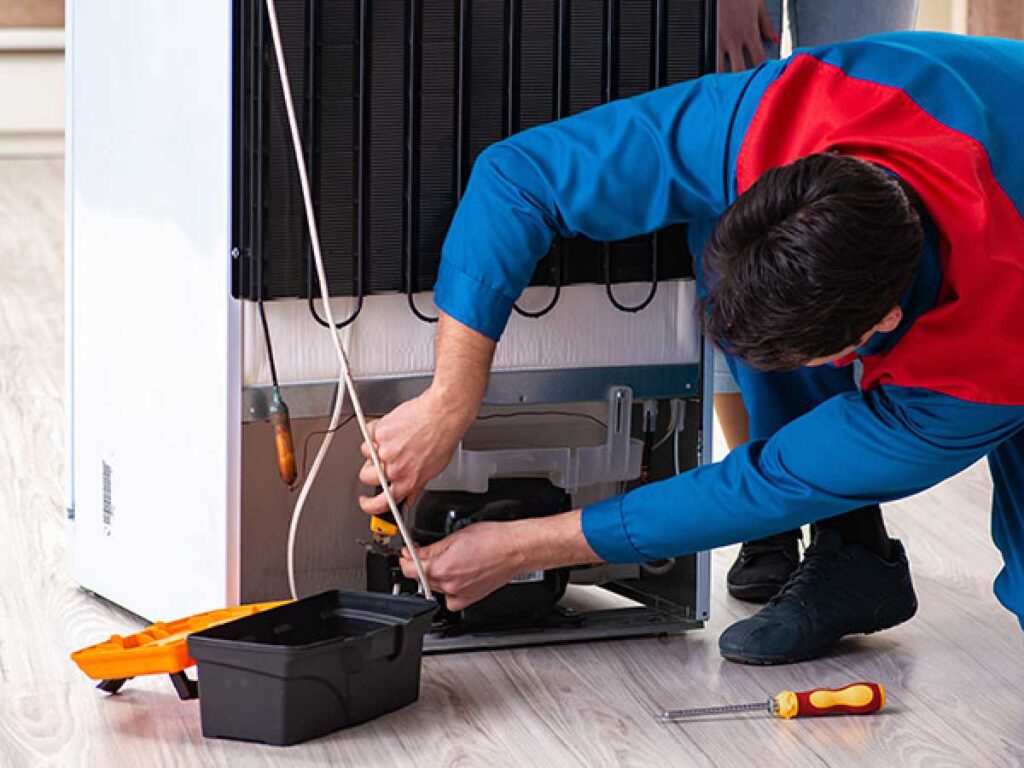
Not all fridge noises are problematic, but persistent or new ones may indicate:
- Compressor issues: Buzzing or clicking could signal startup failure.
- Fan problems: Worn-out fan motors can whine or rattle.
Diagnosis Tip: Determine the noise source (back, bottom, or inside the fridge). Listen closely and inspect fan blades for obstructions.
Ice Maker and Dispenser Problems
Ice Maker Not Working
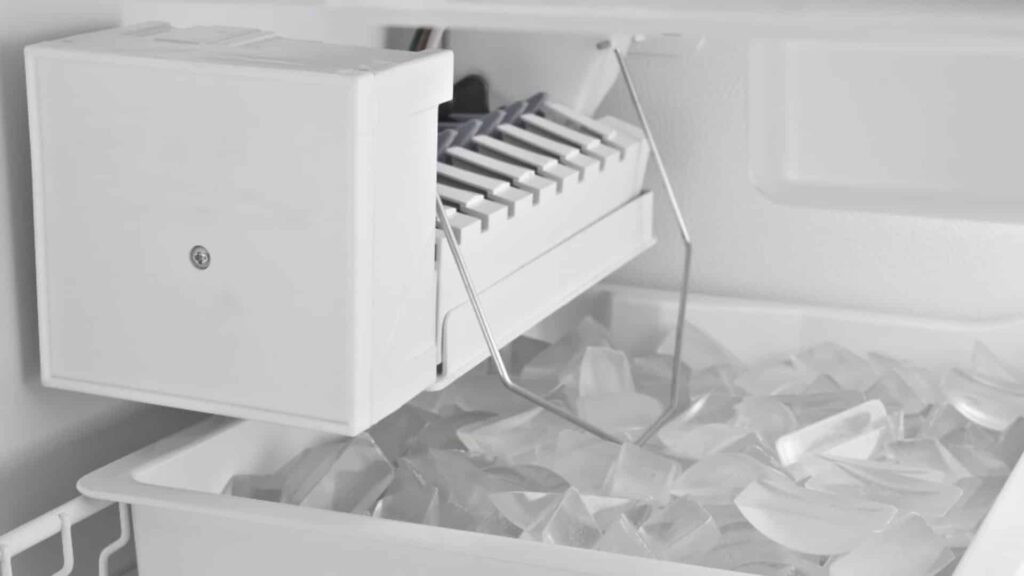
If your ice maker is silent or sluggish:
- Water line issues: Check for kinks or frozen lines.
- Faulty inlet valve: This valve controls water flow to the ice maker.
Diagnosis Tip: Ensure the ice maker is switched on, then inspect the water line and valve for signs of wear or freezing.
Water Dispenser Malfunction
A dry water dispenser could be due to:
- Clogged filter: Over time, filters become ineffective.
- Frozen reservoir: If temps drop too low, the internal reservoir can freeze.
Diagnosis Tip: Replace the filter if it’s older than six months. Check the reservoir location for ice buildup.
Electrical and Control Failures
Fridge Won’t Turn On
A refrigerator that’s entirely unresponsive might be experiencing:
- Power supply issues: Faulty cords or outlets are often to blame.
- Control board failure: Modern fridges rely on circuit boards that can short out.
Diagnosis Tip: Test the outlet with another appliance. If the fridge still doesn’t work, a technician may need to inspect the control board.
When to Call a Professional
While many refrigerator issues can be diagnosed at home, some repairs—especially those involving refrigerant, sealed systems, or electrical components—require a licensed technician. If DIY steps don’t resolve the problem or you’re unsure about safety, it’s best to seek expert help.
Areas We Service


